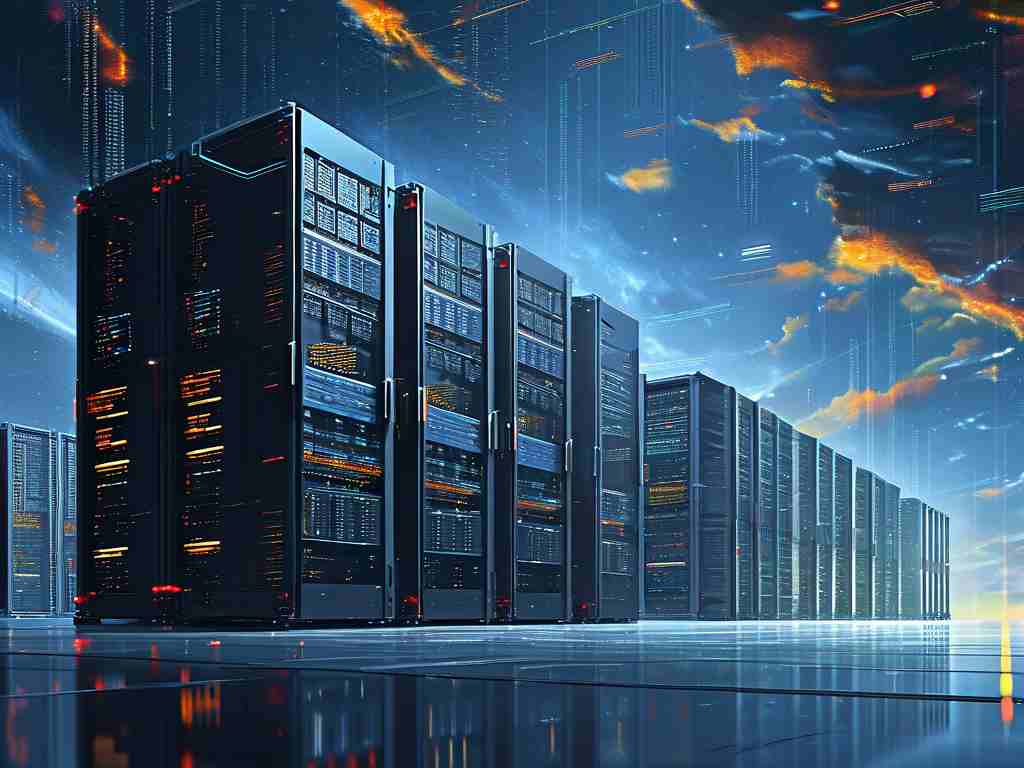The digital era has witnessed computing paradigms evolve from centralized mainframes to decentralized networks, with super-cloud distributed architecture emerging as the latest frontier. This revolutionary framework combines hyperscale cloud capabilities with decentralized resource coordination, fundamentally altering how enterprises manage data-intensive workloads.
At its core, super-cloud distributed architecture operates through geographically dispersed nodes that collectively form an intelligent mesh network. Unlike traditional cloud systems relying on regional data centers, this model enables real-time resource allocation across edge devices, micro-cloud installations, and core cloud infrastructures. A Python-based prototype demonstrates this dynamic coordination:
class NodeOrchestrator:
def __init__(self, nodes):
self.node_network = self._create_adaptive_topology(nodes)
def _create_adaptive_topology(self, nodes):
# Implementation of self-organizing node connections
return dynamic_network_model(nodes)
Three critical innovations drive this architecture's superiority. First, its self-healing capability automatically reroutes tasks during node failures using blockchain-inspired consensus algorithms. Second, the architecture implements predictive load balancing through machine learning models that analyze historical traffic patterns and real-time metrics. Third, it achieves quantum-resistant security through lattice-based cryptography while maintaining GDPR-compliant data sovereignty controls.
Industry applications reveal transformative potential. Financial institutions process cross-border transactions 47% faster by leveraging distributed ledger synchronization. Smart cities reduce IoT latency to 8ms through edge-node processing, enabling real-time traffic management systems. Healthcare providers achieve federated learning across 120 hospitals without transferring sensitive patient data.

Technical challenges persist despite these advancements. Network physicists have identified "quantum entanglement latency" in transcontinental node communications, requiring new approaches to maintain sub-20ms response times. Energy consumption remains contentious, though recent breakthroughs in photonic computing have shown 62% power reduction in node-to-node transmissions.
The architecture's economic impact proves equally disruptive. IDC forecasts $1.2 trillion in operational cost savings by 2027 through eliminated data center redundancies. Startups like EdgeMatrix and CloudFabric now offer "compute-as-utility" models where businesses pay per quantum of processing power rather than fixed cloud subscriptions.
Ethical considerations demand attention as this technology evolves. The potential for creating "digital sovereignty gaps" in regions with underdeveloped infrastructure raises concerns about technological inequality. Cybersecurity experts warn about advanced persistent threats (APTs) exploiting distributed trust models, necessitating multi-layered defense mechanisms.
Looking ahead, integration with emerging technologies will shape its trajectory. Early experiments combining super-cloud architecture with neuromorphic computing chips show 140x speed improvements for AI training tasks. NASA's Artemis program recently tested lunar data relay networks using modified super-cloud principles, achieving 94% data integrity during Earth-Moon transmissions.

For enterprises adopting this architecture, success hinges on strategic implementation. Phase 1 requires hybrid deployment with existing cloud infrastructure, prioritizing non-critical workloads. Phase 2 involves training AIOps teams in distributed system governance and chaos engineering. Final integration demands complete organizational alignment, transforming IT departments into cross-functional cloud orchestrators.
As quantum computing matures, super-cloud distributed architecture positions itself as the backbone of post-classical computing. Its ability to harness disparate computational resources while maintaining atomic consistency sets new benchmarks for scalability. This isn't merely an upgrade to existing systems—it's the foundation for an interconnected computational ecosystem that will power innovations from smart matter to interstellar communication networks.









